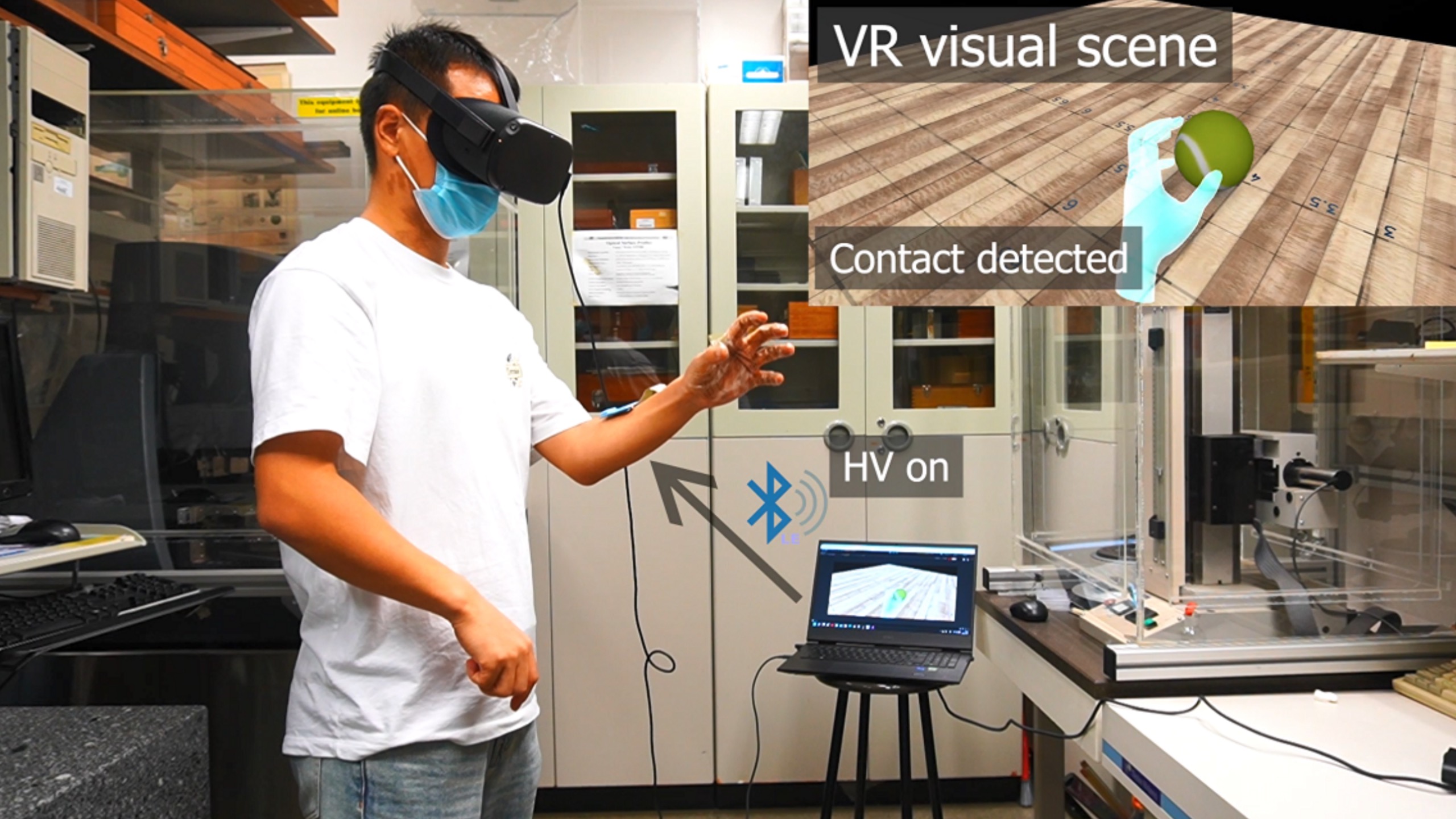The metaverse is a shared virtual landscape, an immersive internet in three dimensions. Or, as the new AI YouChat puts it: “The metaverse is a hypothetical evolution of the internet in which all aspects of online life are integrated into a single virtual reality space.”
That may well be, but what is the metaverse of today? What substantially happened in the metaverse in 2022?
Describing the metaverse is complex because it is a virtual world in its early stages of construction. It partly exists in practice, and partly only in our imaginations. When talking about the metaverse it is sometimes tricky separating the dreamworld from the virtual reality.
YouChat continues its explanation from above as so: “In this vision for the future of online connectivity, practically all services, platforms, websites, and applications would be accessible through a single VR interface (a headset, for example). Additionally, the metaverse could be used to link physical and digital worlds together, allowing users to interact with one another in a shared, immersive environment.”
A dream of the future
If you’ve read anything about the metaverse before you may already know that the term was first coined by sci-fi author Neal Stephenson in his 1992 novel Snow Crash.
While Stephenson is credited with the term he was not the only author to cover this ground.

Also read: Who invented the Metaverse?
The idea of a shared virtual world was already fairly well explored by fellow futurists. Author William Gibson described an alternative vision of a “consensual hallucination experienced daily by billions…” in his 1984 novel Neuromancer.
Cyberspace or metaverse?
Gibson called this shared data hallucination cyberspace, a term we now think of as synonymous with the internet. But Gibson’s idea as described is arguably more similar to the metaverse than it is to the modern world wide web.
Through the lens of speculative fiction, the internet of today could be viewed as humanity’s first attempt at the metaverse.
Perhaps in the future, the legacy internet will be viewed merely as the foundational layer of the metaverse.
Steven Spielberg’s 2018 movie Ready Player One may offer the closest depiction in fiction to what the future metaverse (or part of it) might look like.
In the story, the protagonist controls an avatar in a vast virtual reality landscape called the OASIS.
To win a prize within the OASIS the player must compete against, or team up with, avatars of other players from around the world.

Making the virtual reality today
The metaverse is growing quickly at Fortune 500 companies. A report by consulting firm, McKinsey & Company says global investment in metaverse-related businesses topped $120 billion during the first half of the year, which was more than double what was recorded in the whole of 2021.
Gaming in particular is projected to continue growing with 3.2 billion people expected to be active players for 2022, spending a combined $196.8 billion, as reported by MetaNews previously.
However, the metaverse as imagined in science fiction is still a considerable way off, even if many of its constituent parts are already a reality.
There is a considerable amount of things that we are already capable of: we can already create fantasy virtual environments; make virtual recreations or “digital twins” of real environments; we can work and play in virtual spaces; control virtual avatars; and even receive sensory feedback with haptic technology.

Haptic gloves in development at Hong Kong City University.
Digital twin cities new trend
There are practical applications for metaverse technology in multiple industries that are almost too numerous to mention.
Digital twin environments can be leveraged in multiple ways for instance, such as to explore a building or even an entire city before it is built, or to reconfigure a factory floor to find efficiencies in design.
Holidaymakers can visit a virtual recreation of a potential destination, while students can visit companies at their virtual offices or factories around the world.

Islands, rather than unification
The rub is that as it exists today, the metaverse is not a single unified environment. The metaverse is instead more akin to a series of disconnected virtual islands without connecting bridges or walkways – a proto-metaverse.
Some of those islands include Meta’s Horizon Worlds, Nvidia’s Omniverse, and even Epic Games’ Fortnite.
Part of the reason for this is that in contrast to the internet, there is no standard language or protocol that can bind the metaverse together. One possible solution is Universal Scene Description (USD) which Nvidia has touted as the “HTML of the metaverse.”
The USD “HTML” forms a description of a webpage that can be hosted on the internet, and is retrieved and rendered locally by a web browser.
“The most fundamental standard needed to create the metaverse is the description of a virtual world. At Nvidia, we believe the first version of that standard already exists, writes Nvidia’s R. Lebaredian and M. Kass. “It is the Universal Scene Description (USD)—an open and extensible ecosystem for describing, composing, simulating, and collaborating within 3D worlds.”
Standard metaverse language
At present USD, originally created by the movie studio Pixar for its animation teams, is not quite up to the task that Nvidia has planned for it. That will take some work.
However, Nvidia and a host of other technology firms do seem determined to see the task of a unified metaverse through. The company along with the likes of Adobe, Autodesk, Epic Games, Unity, Meta, Microsoft, OTOY, Qualcomm, and Sony are working together as members of the Metaverse Standards Forum.
The role of the group will not be to build the metaverse together but to arrive at some consensus on what its virtual building blocks should look like.
If this can be achieved, the grand metaverse of human imagination will be one step closer to actual reality. Until then, the proto-metaverse still has a lot to offer.
- SEO Powered Content & PR Distribution. Get Amplified Today.
- Platoblockchain. Web3 Metaverse Intelligence. Knowledge Amplified. Access Here.
- Source: https://metanews.com/what-is-the-metaverse/?utm_source=rss&utm_medium=rss&utm_campaign=what-is-the-metaverse



